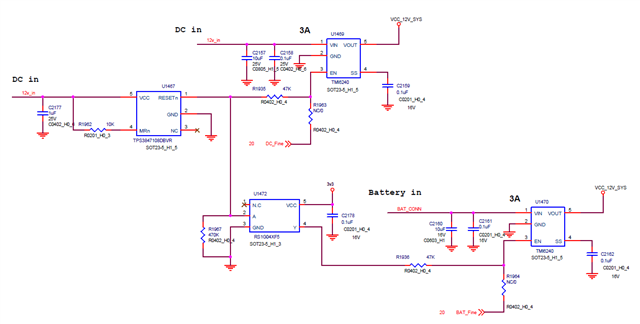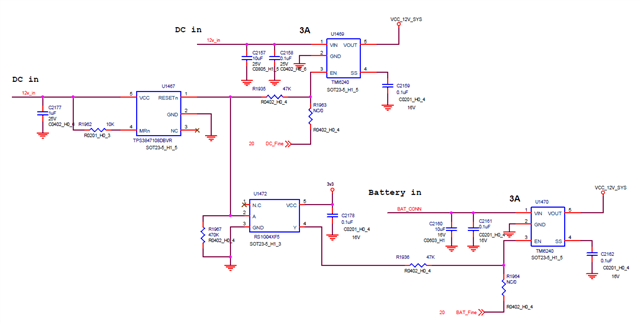Hi expert,
May I check with you what's the maximum and minimum hysteresis of TPS3847? Customer want to monitor 12V adapter, and use TPS3847108. But sometimes they would see Reset pull low at 11.1V and goes back at 11.2V. Not sure if it's expect or what might goes wrong?

Thanks,
Allan



